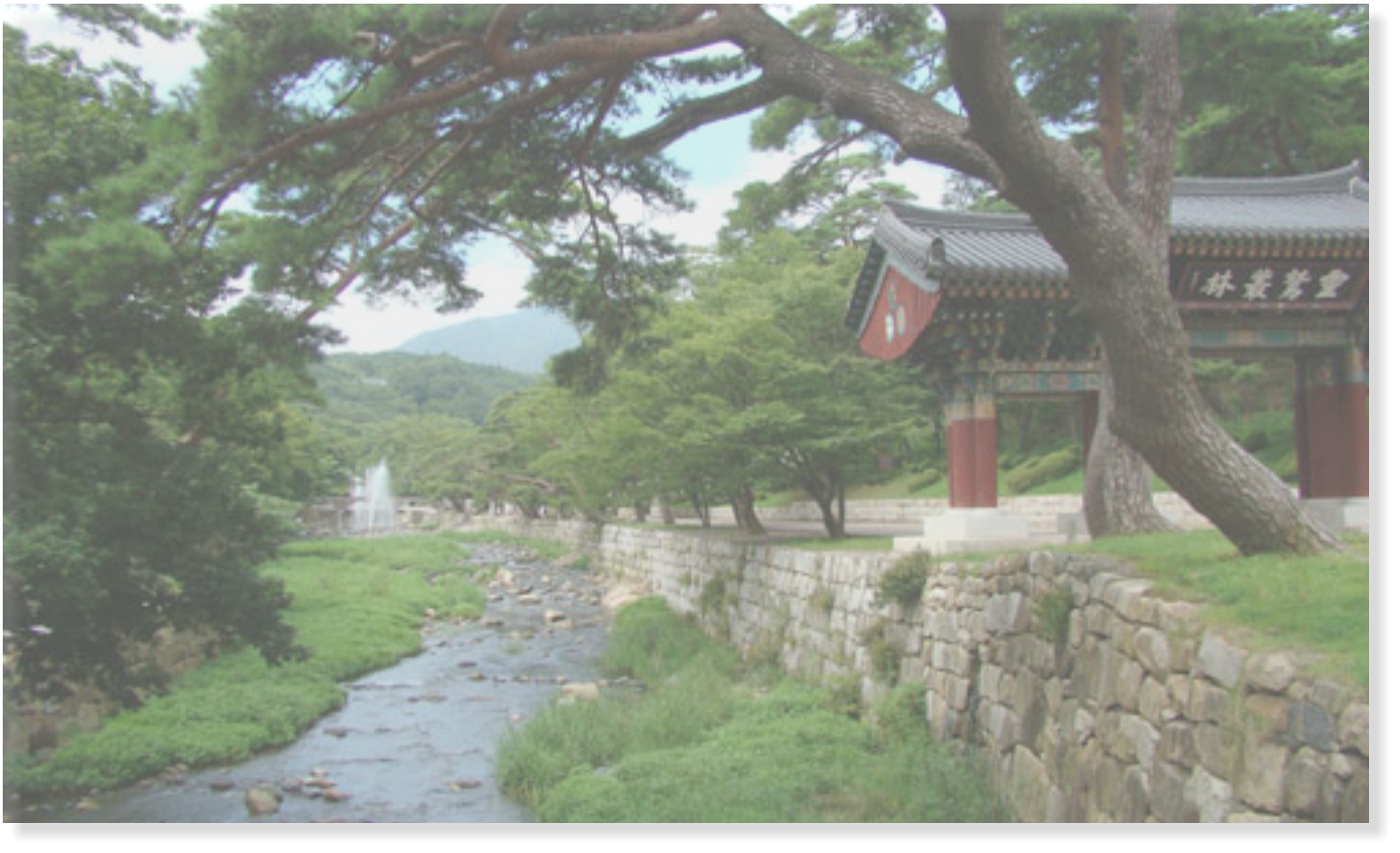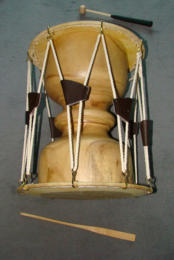
The janggu (or janggo; changgo also spelled) or sometimes called seyogo (slim waist drum)
drum is the most widely used in the traditional music of Korea. It is of several types,
and consists of an hourglass-shaped body with two drums animal skin. Both drums produce sounds
level and different timbre, which when played together are believed to represent the harmony between man and woman.
The first performance of the instrument is on a bell belonging to the Silla (57 BC-935 AD)
period and a mural in the same period of the Koguryo tomb (37 BC-935 AD).
The oldest Korean historical records on a drum shaped like an hourglass can be attributed to the reign
King Munjong (1047-1084) of Goryeo as a field instrument. The Goryeo-sa (1451), or History of Goryeo
Chapter 70, records twenty janggu through a donation of instruments for use in music
royal banquet of Emperor of the Song Dynasty Huizong the Court Goryeo in Kaesong in 1114.
This book represents the first appearance of the word janggu in a Korean source. Later in Chapter 80,
for the year 1076, the term janggu-OPSA (who plays or teaches janggu) is used.









